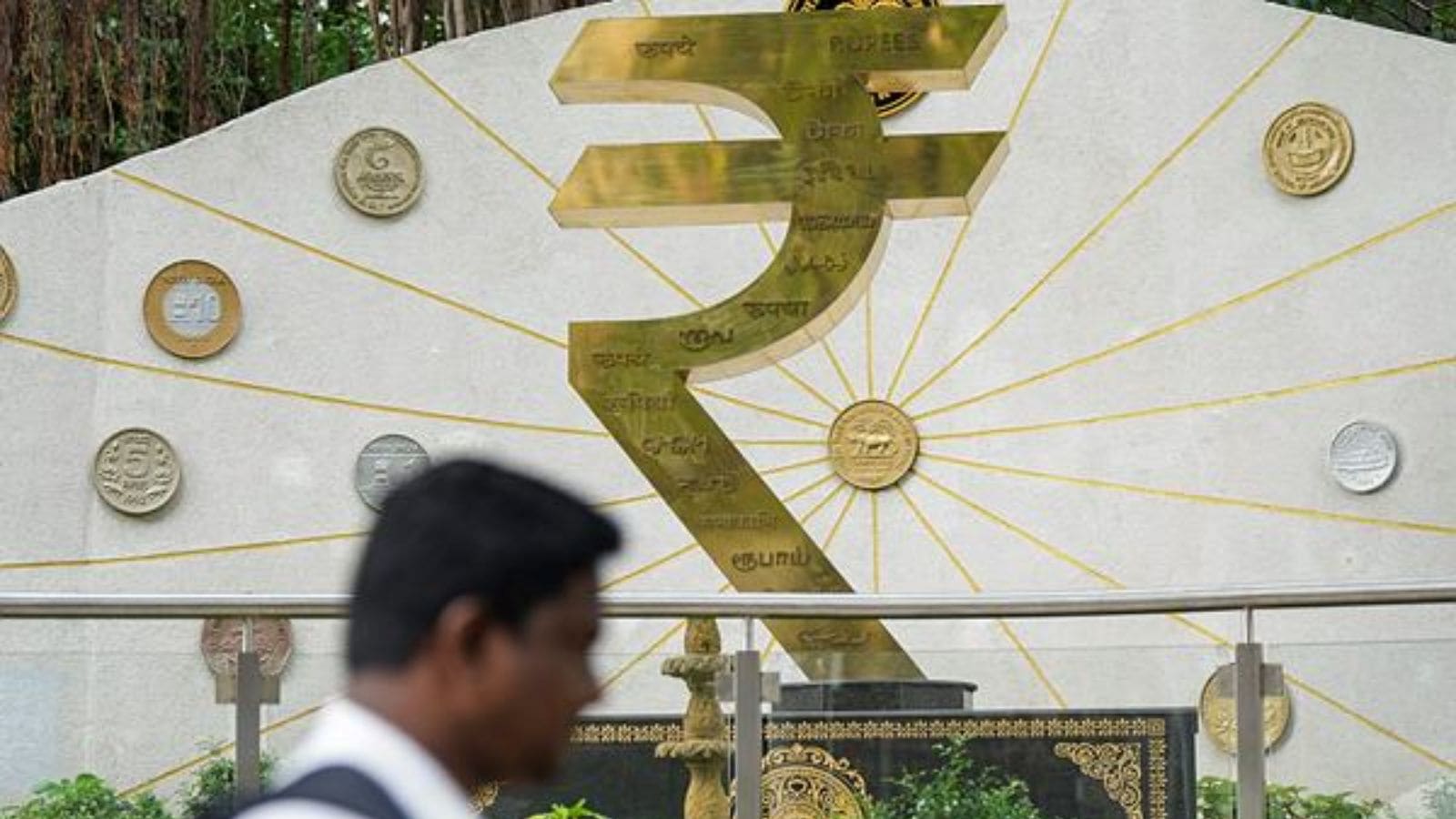Reserve Bank of India (RBI) Deputy Governor M Rajeshwar Rao has said that the microfinance sector continues to grapple with high indebtedness, elevated interest rates and coercive recovery practices.
Speaking at an event on financial inclusion organized by HSBC last week, Rao said that while some moderation in interest rates charged on microfinance loans has been observed in recent quarters, pockets of high interest rates and elevated margins continue to persist.
“The sector (microfinance) continues to suffer from vicious cycle of over-indebtedness, high interest rates and harsh recovery practices,” he said.
The deputy governors noted that even lenders having access to low-cost funds have been found to be charging margins significantly higher than the rest of the industry and which in several instances appear to be excessive.
The frequency of disruptions in the microfinance sector has increased of late, Rao said, adding that incidents of high borrower indebtedness, coupled with coercive recovery practices, sometimes lead to tragic consequences.
The microfinance sector in the country is experiencing a significant surge in delinquencies, with portfolio at risk (PAR), or loans overdue for over 31 days, jumping by 163 per cent to Rs 43,075 crore in the fiscal year ended March 2025, up from Rs 16,379 crore in the previous year. This rise in delinquencies reflects the growing stress in the small borrower segment.
Significantly, the microfinance industry’s gross loan portfolio (GLP) fell to Rs 381,200 crore as of March 2025, marking a 13.9 per cent fall from Rs 442,700 crore a year ago.
Story continues below this ad
Data from CRIF High Mark, a credit information bureau, shows that PAR in the 31-180 days overdue bucket has gone up to 6.2 per cent during FY2025 as against 2.1 per cent in the same period of last year. PAR in the 180 days plus bucket has jumped from 1.6 per cent to 5.1 per cent during the fiscal.
“PAR of 91-180 days and 180 plus days (including write-offs) continue to rise, particularly among banks and small finance banks, followed by NBFC-MFIs, highlighting persistent challenges,” the agency said.
According to CRIF High Mark, higher-ticket loans above Rs one lakh have experienced an uptick in all delinquency buckets as their share in POS expands, highlighting the need for greater caution. However, its delinquency is much lower than the lower-ticket sizes, it said.
The deputy governor further said that the lenders should look beyond the conventional “high-yielding business” tag for the microfinance sector and approach it with an empathic and developmental perspective. They should recognise the socio-economic role that microfinance plays in empowering vulnerable communities, he said.
Story continues below this ad
“It is in the collective interest of all stakeholders that such disruptions are pre-emptively addressed and avoided,” he said.
Rao asked the regulated entities to enhance their credit appraisal frameworks to prevent over-leveraging of borrowers. They must eschew any coercive or unethical recovery practices, ensuring that financial services are delivered in a manner that is both responsible and sustainable.
“While the business model may be sound, the organisational structure and the incentive schemes framed to deliver the services may be flawed resulting in perverse outcomes for customers. This calls for an introspection around the models,” he said.
ENDS


